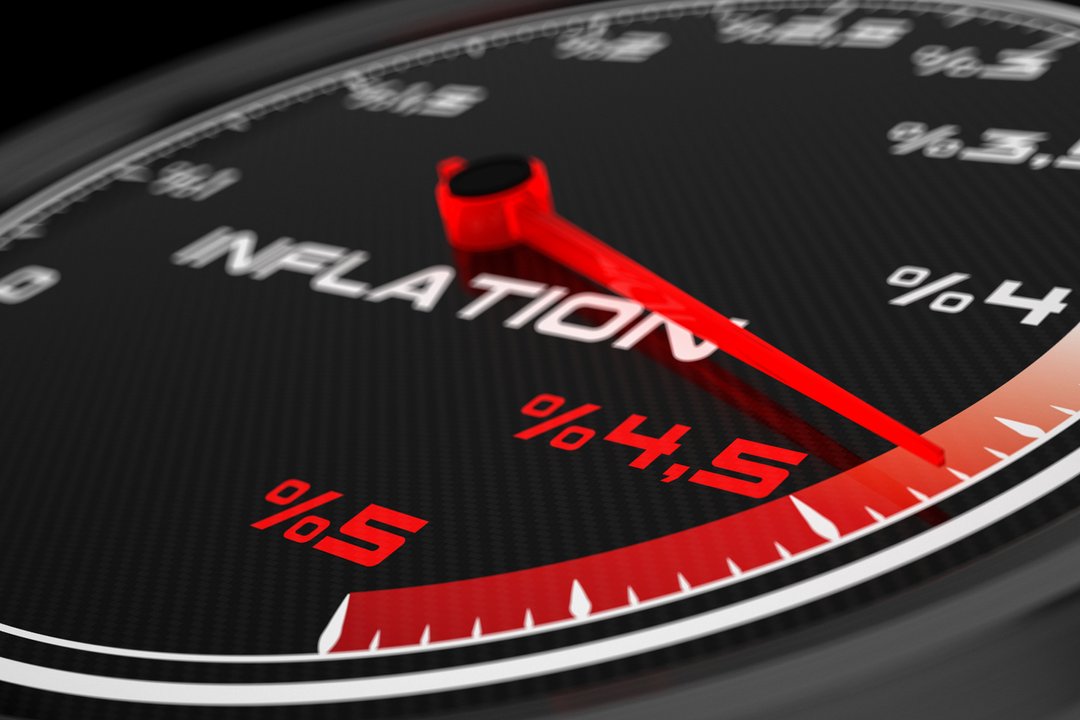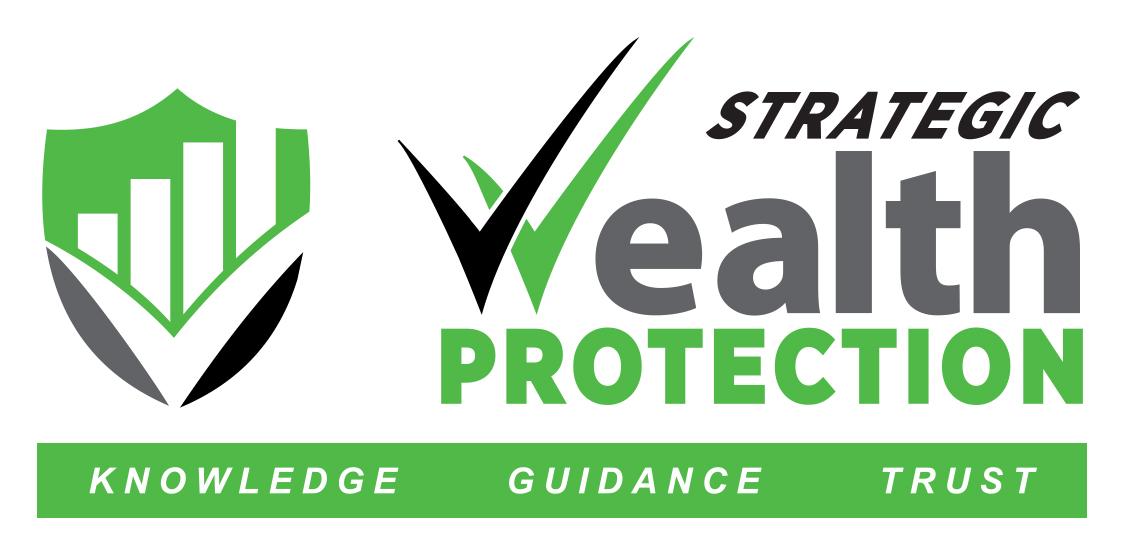
Kevin Carmichael
April 18, 2023
Canada’s primary gauge of cost pressures suggests inflation dropped to its slowest pace since the summer of 2021 in March, reducing the odds of more interest rate increases, at least for now. Here’s what you need to know:

iStock-1331942322
- Statistics Canada’s consumer price index increased 4.3 per cent from March 2022, the smallest year-over-year increase since August 2021.
- Excluding food and energy, the year-over-year increase was 4.5 per cent, down from 4.8 per cent in February. Excluding mortgage interest costs, the index increased 3.6 per cent, compared with 4.7 per cent the previous month.
- On the month, the consumer price index rose 0.5 per cent from February, compared with a month-to-month gain of 0.4 per cent in February.
- The two measures of “core” inflation that the Bank of Canada watches to avoid being distracted by volatile prices, CPI-median and CPI-trim, slowed to 4.6 per cent and 4.4 per cent respectively.
- The speed of price increases has slowed, but the cost of living remains elevated, as the consumer price index was 8.7 per cent higher in March than 18 months earlier.
Backstory
Year-over-year increases in the CPI surged to 8.1 per cent in June 2022, representing the peak of the worst inflation scare since the early 1980s. The Bank of Canada — like every other central bank — was initially complacent, assuming the cost pressures were the result of idiosyncratic events such as post-pandemic supply-chain snarls and Russia’s war in Ukraine. But the central bank eventually realized that a significant amount of the cost pressure was also coming from domestic demand.
Governor Tiff Macklem raised the benchmark interest rate 4.25 percentage points between March 2022 and January 2023, the most aggressive series of rate hikes in the Bank of Canada’s history. Now that headline inflation is quickly slowing, the central bank has decided to pause, but Macklem last week warned that increases could resume because he’s worried inflation could still get stuck above the central bank’s two-per-cent target.
What’s driving the decrease
Simple math explains much of the slowing of inflation. By convention, year-over-year changes in the CPI — a compilation of the costs of obtaining hundreds of goods and services — is the standard way of defining inflation. A year ago, amid the worst outbreak of inflation in four decades, the index surged higher. Now, Statistics Canada is comparing current prices against that elevated base. The index jumped an outsized 1.4 per cent in March 2022 from the previous month. Prices are no longer increasing at such a pace, so the headline number is falling.
Life is still expensive
Headline inflation closer to four per cent than eight per cent is a relief, but it might not feel like it for a lot of households. The Bank of Canada’s interest rates increases are biting harder: mortgage interest costs increased 26.4 per cent from March 2022, an acceleration from 23.9 per cent in February and the biggest increase on record, Statistics Canada said.
The cost of food purchased at stores slowed, but was nonetheless 9.7 per cent higher than in March 2022.
Gasoline costs were offsetting some of the pain from food and shelter, as prices dropped 13.8 per cent from a year earlier, when the war in Ukraine had caused oil prices to skyrocket essentially overnight.
Core of the matter
Inflation data often are messy because the headline number is influenced to an outsized degree by items such as gasoline and fresh fruit, costs of which are influenced by the vagaries of international markets and the weather. So, the Bank of Canada and economists manipulate the CPI to reduce the influence of volatile items by creating “core” measures that aim to detect “underlying” inflation, or what might otherwise be described as the trend.
The Bank of Canada’s two preferred measures of core inflation slowed to about 4.5 per cent from about 4.9 per cent in February. The improvement is notable, but those figures imply that trend inflation is still elevated.
Headline inflation slowed to about 2.1 per cent when calculated as a three-month annualized rate, according to Charles St-Arnaud, chief economist at Alberta Central. That aligns with the Bank of Canada’s target of two per cent. However, the three-month average of the CPI when food and energy are removed was about 3.1 per cent, still outside the central bank’s comfort zone of one per cent to three per cent.
Macklem is paying particular attention to services prices since they are more influenced by domestic demand than the prices for goods. The services’ component of the consumer price index increased 5.1 per cent from March 2022, compared with a 5.3 per cent year-over-year increase in February.
What it means for interest rates
The Bank of Canada last week predicted that headline inflation will average 3.3 per cent in the current quarter and the sharp drop to 4.3 per cent means that projection remains on track. More important will be where we go from here: will a lower headline rate cause expectations of where prices are headed to drop, or will businesses and workers continue to base decisions on where inflation has been? More increases remain on the table.


